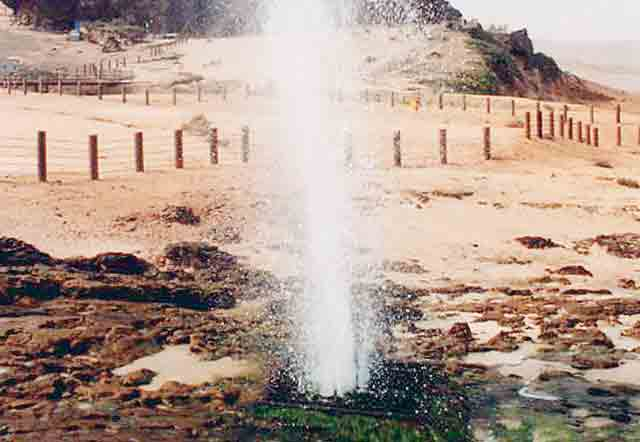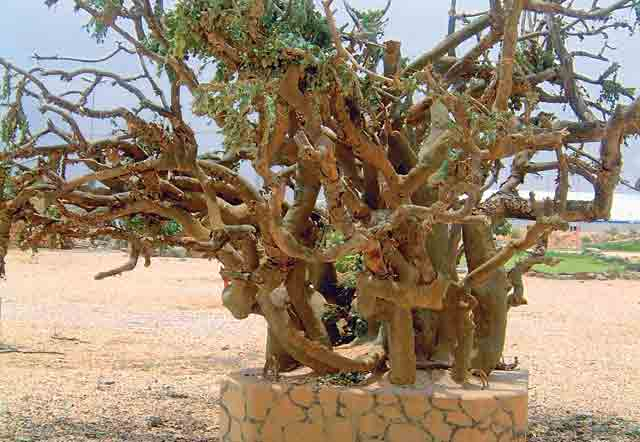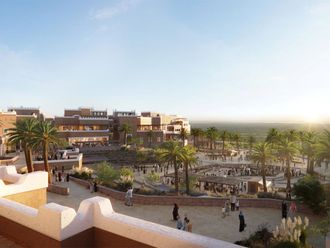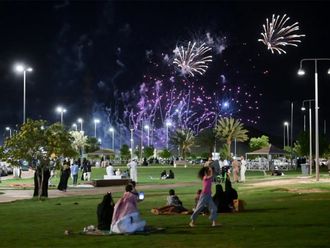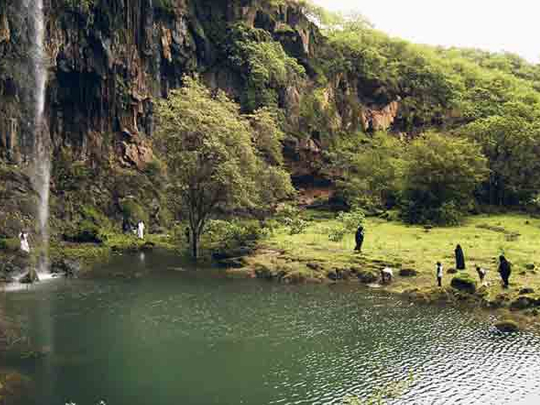
Muscat: Virtually all roads lead to Oman's southern region as residents and foreign visitors, and especially those from the GCC countries, head for the cooler climate of the Dhofar region.
Between June and September the region hosts the 46-day Salalah Tourism Festival which attracts tourists from all over the world who come to enjoy Dhofar and escape the intense summer heat.
The region enjoys cool weather, intermittent drizzle, foggy mornings, gushing springs, breathtaking waterfalls, green valleys and lush verdant hills.
The town of Salalah is subjected to the south-west monsoon. The period from late June to early September is known as the Khareef season.
Khareef is a colloquial Arabic term used in southern Oman and southeastern Yemen for the south-west monsoon. In the Khareef season, people of the region say it is the perfect time to enjoy the hospitality of this land of frankincense.
Growing numbers
Salalah Tourism Festival Director Abdullah Ali Al Muqdam told Gulf News: "The tourist inflow is very heartening this year and we are expecting more than two million visitors to come to Salalah."
He said that despite the H1N1 virus scare last year more than one million visitors came to Salalah for the festival, which was then called the Khareef Festival.
Talking about a rush, especially from the GCC countries, Al Muqdam said that all the 40-odd hotels in Salalah had been sold out for the duration for the festival.
"We have hotels to suit every budget from five-star to budget travellers but every facility is booked at the moment," he said.
He also said that the festival was much bigger this year than in previous years.
He revealed that this time the festival programme included more than 500 religious, cultural, sports, art and recreational events.
"This year competitions will be held at the newly equipped theatre which accommodates 3,000 spectators," he said. The theatre is one of the new features of the Municipality Recreational Centre.
Seventeen wilayats (districts) in different parts of the Sultanate will display their cultural and traditional arts.
He added that the 700-seat Children's Village Theatre would present about 20 events for children. "The child play area has been provided with 28 games that meet the requirements of the different age groups," he said.
Increased flights
To cope with the unprecedented rush of tourists, which was expected to continue past the festival, Al Muqdam said Oman Air had scheduled additional flights and was offering attractive packages for Oman and GCC residents.
The packages include air tickets and hotel accommodation.
Oman Air general manager of worldwide sales Abdul Razzaq Al Raisi said: "As the official carrier of the Salalah Tourism Festival we are providing extra flights to Salalah to cope with the increased demand, largely for Omani families as well as visitors from the GCC countries and beyond."
"We are sure that with these additions, more discerning passengers can take a well-deserved break in Salalah," he said.
Tour operators said telecom operators Omantel and Nawras had enhanced their infrastructure and presence in the region.
Attractions
The region abounds in the wonders — and puzzles — of nature. There's an area called Gravity Point where the force of gravity will pull your vehicle uphill even after you have switched off the engine.
Gravity Point is a 30 minute drive from Salalah on the way to Mirbat.
Another natural wonder — the blowholes at Mughsayl — is a major tourist attraction. The blowholes disgorge seawater in 25-foot fountains as big waves crash onto this rocky seafront overlooked by rocks riddled with caves.
Tawi Atayr is one of the world's largest sink holes, measuring 211 metres deep. The sink hole, which is like a collapsed cave, is one kilometre wide and 1.25 kilometres long.
Boost in arrivals
- The World Travel and Tourism Council, travel and tourism to Oman is set to reach $7 billion (Dh26 billion) by 2019.
- Tourism's ongoing efforts to boost tourist numbers and increase the contribution of the tourism industry to GDP to not less than three per cent.
- Last year more than 72,000 Emiratis visited Dhofar during this season.
- Dhofar is known for its frankincense. The annual harvest of Dhofari frankincense can be as much as 7,000 tonnes, which is worth around three million Omani riyals.
Have your say
How are you looking to escape the heat this summer? Are you planning on traveling in or out of the region? Tell us.


